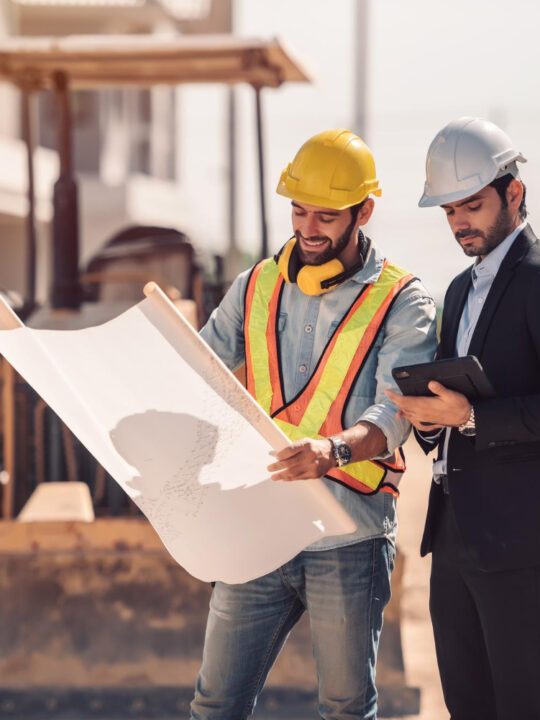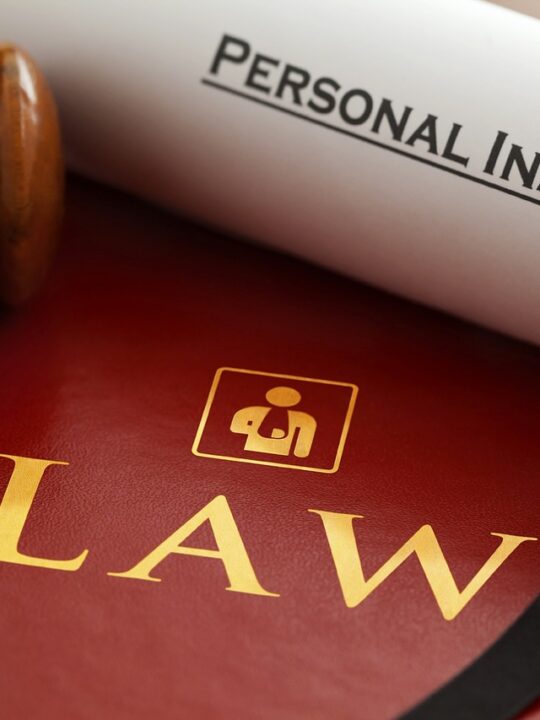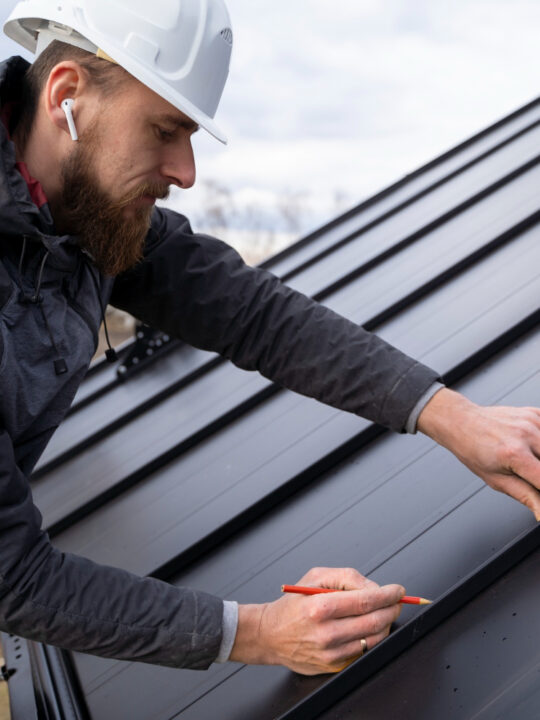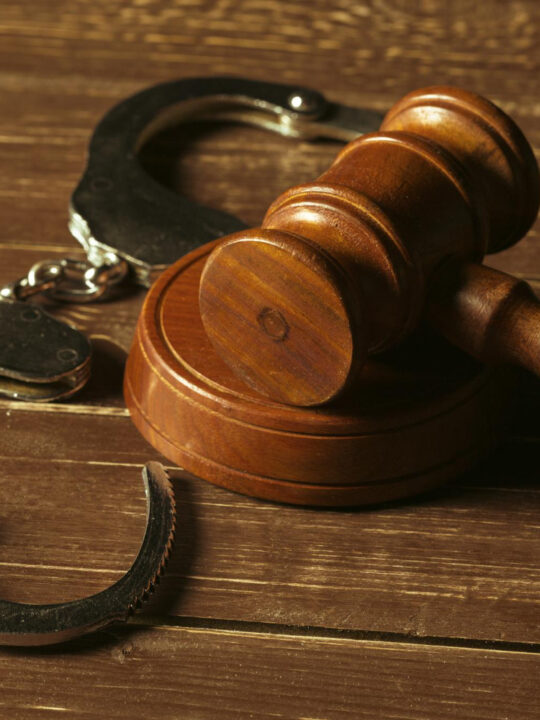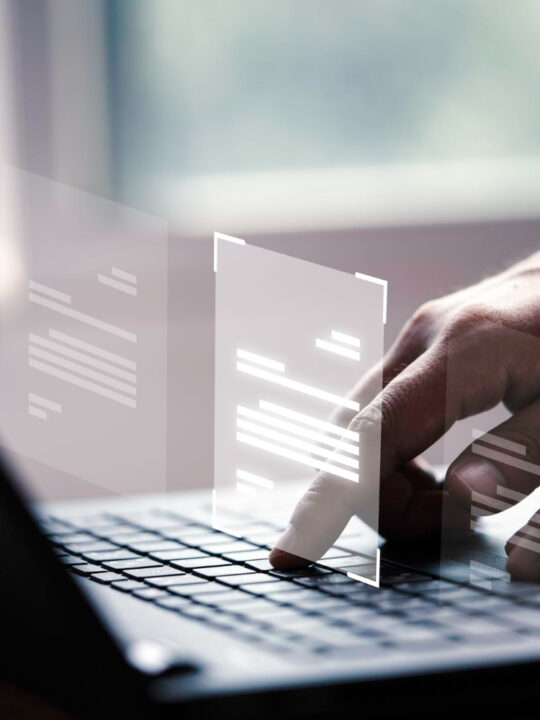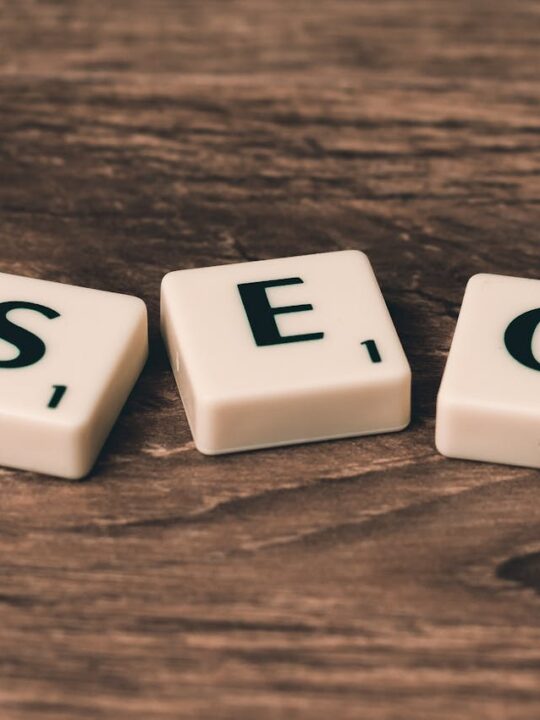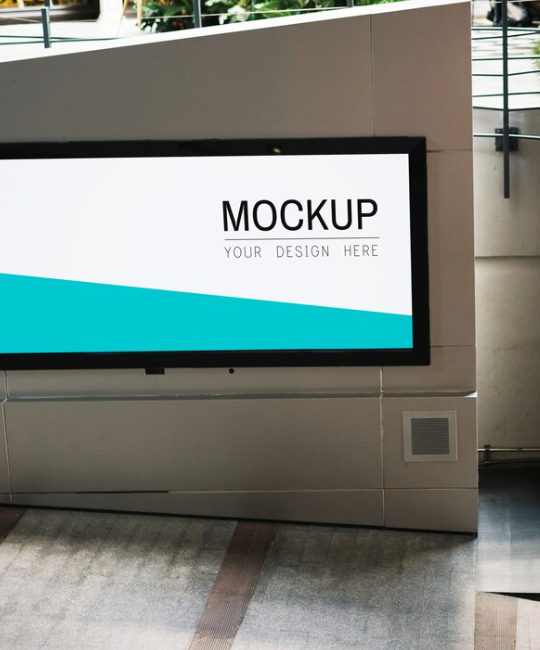
There are generally two types of people who go into the restaurant business, those who have saved up to make their dream a reality, and those who will rely on outside funding in order to get off the ground. Owning and running a restaurant is far from cheap, some recent research by RestaurantOwner produced results that indicate the average cost of opening a restaurant is $275,000, and $425,000 when the building is also owned. The costs of starting a restaurant are staggering, from equipment to design costs, marketing and staff, not to mention the food itself. The high costs should not put you off however, there is much money to be made in the restaurant industry, and here are some of the funding options to help you get off the ground.
Capital Loans
Capital loans offer short term borrowing which can be used for any expenses within the business. Generally you’ll find that these loans offer up to $250,000, if you require more than that, a different loan would suit you better.
Small Business Loans
Small business admin loans often have very high borrowing limits and offers one of the lowest interest rates on the market, as well as lengthy terms for repayment. In order to obtain a loan such as this, you will either be required to put a 10% deposit down, which can be costly if you want to borrow millions for example. Another negative to this type of loan is that the processing time is weeks and months, so you’ll have to plan ahead. If you can secure an SBA loan however, you can count on on one the cheapest loans out there, with an easy repayment structure.
Restaurant Equipment Loans
The kitchen will of course be of maximum importance in the restaurant, and with some kitchens running up bills of over $50,000, you’ll also need to make sure that you have the cash in place for the equipment that you need. Also consider the additional equipment and tech which you will need, from Restaurant Waitlist and Reservation Software to a state of the art Kitchen Display System, POS units, bar inventory and tables and chairs. A restaurant equipment loan allows you to secure financing for your equipment, very often at 100% of the value of the product. The collateral for your loan is the equipment itself, meaning that a down payment, rather than assets, are all that you’ll need to put down.
Restaurant Inventory Financing
If you are looking for funding which will go towards inventory only then these short term loans and lines of credit make for the perfect option. Given that inventory is often the item which is sold, these will have short payment terms. Inventory loans use inventory as collateral but you should pay close attention to the terms of the loan, as some can come with high interest rate. This is a great option if you have a restaurant with seasonal popularity, that needs to stock up before the orders come in.
Merchant Cash Advance
A merchant cash advance differs very much from a loan, given that you will be advanced money against the future income of the restaurant. The idea is that you are given the funding, which you the will then pay back as a percentage of your restaurant’s takings, meaning that you will only ever pay what is affordable. A great credit score and a collateral aren’t required for an advance, making it a relatively easy funding option to obtain. A merchant cash advance can come with APR tin the region of 50% and higher, which makes it one of the most expensive financing options.
Credit Lines
Through both bank and online lenders, you can secure a line of credit which allows your restaurant to draw upon these funds when necessary, much like a credit card. You will only be required to pay interest on the money that you actually use, and you can often avoid this if you repay swiftly. Secure credit will require some sort of asset in order to obtain, whereas an unsecured line of credit will not, with this in mind however, few lenders actually offer unsecured credit lines.
Funding options should only be decided upon once you fully understand both your present and future financial situation, and you must ensure that you do not borrow beyond your means, and risk the very restaurant that you have borrowed money in order to build.
